Women & Wealth: The Philanthropy Revolution Fundraisers Can’t Ignore

Women are reshaping and redefining philanthropy. It’s time to shift gears and build strategies that resonate with how women give, lead, and invest in change.
The world of philanthropy is shifting and women are leading the charge. For too long, the assumption has been that men drive big giving decisions. But the numbers tell a different story: Women are not only giving more, but they’re giving differently—prioritizing collaboration, impact, and long-term change.
So why are so many fundraising strategies still stuck in the past, overlooking the full potential of women as donors?
If nonprofits want to maximize their impact, they need to rethink how they engage with women in philanthropy. It’s not just about asking for donations—it’s about recognizing the
unique ways women invest in change
and designing approaches that meet them where they are. In honor of Women's History Month and the growing focus on the power of female philanthropy, let’s explore how fundraisers can do just that.
The Shifting Landscape of Women’s Philanthropy
Extensive research has established that women give differently than men. The Women’s Philanthropy Institute’s Women Give 2024 report shares insights on the differences in charitable giving between genders.
While overall donor participation has declined over the past two decades, women’s giving has been more resilient than men’s, particularly during periods of economic downturns. The report highlights several critical trends:
- Women tend to prioritize community-oriented giving, supporting causes that emphasize social change and collective well-being.
- Women’s giving remains strong even during financial uncertainty, with single women showing less of a decline in giving participation compared to single men.
- Women donors are more likely to engage in trust-based philanthropy, preferring unrestricted gifts that allow nonprofits flexibility in addressing their most pressing needs.
It’s time for fundraisers to catch up. By shifting strategies to authentically engage women donors, nonprofits can tap into a powerful force for sustainable, high-impact giving.

Women’s Philanthropy: Shaping Higher Education for Equity
Women’s philanthropy has long been a catalyst for institutional change by demanding organizations adapt to their conditions and priorities.
Women philanthropists have long been at the forefront of transforming higher education—not just as donors, but as architects of opportunity. By leveraging their wealth, influence, and vision, they have broken barriers, expanded access, and reshaped institutions to create more equitable educational pathways.
- Mary Elizabeth Garrett (1893, Johns Hopkins University) made a $350,000 donation on the condition that women were accepted “on the same terms as men” to the university’s medical school, effectively transforming medical education standards in the early 20th century.
- Phoebe Apperson Hearst (1897–1907, University of California, Berkeley) funded scholarships and women’s facilities, resulting in an increase of women enrolling at the university from 30% to 46% within a decade.
- Katharine Dexter McCormick (1950s–1970s, MIT & Stanford) invested millions to expand opportunities for women in STEM fields, influencing gender parity efforts in higher education.
Rather than a recent phenomenon, these precedents demonstrate that women’s philanthropy has long been a catalyst for institutional change by demanding organizations adapt to their conditions and priorities.
Modern Women in Philanthropy: Driving Bold, Lasting Impact
The contemporary philanthropic landscape continues to be shaped by high-profile women donors who are redefining the sector through strategic, large-scale giving.
- MacKenzie Scott (2019–present) has donated over $14 billion to nonprofits, prioritizing organizations that promote equity and systemic change. In 2021, I had the privilege of working to maximize the impact of her $40 million gift to the University of Central Florida through a challenge that incentivized others to step up with their own philanthropy. The result of her generosity is that students from all backgrounds will be able to access affordable, high-quality education for generations to come.
- Melinda French Gates (2024) has committed $250 million to advancing women’s health, economic empowerment, and global gender equality.
- Impact100 (2001–present), a women-led collective giving model, pools individual contributions to fund high-impact community projects, resulting in an impressive $160 million fund to better their communities.
- International Network of Women’s Funds (2000–present) supports feminist philanthropy by funding grassroots women’s rights movements worldwide.
These examples illustrate a broader trend: women are directing their philanthropy toward initiatives that emphasize systemic, long-term transformation rather than transactional giving.

Engaging Women Philanthropists: What Fundraisers Need to Do Now
Women donors aren’t looking for a transactional relationship; they want meaningful engagement.
Women are reshaping and redefining philanthropy. Yet too many fundraising strategies still cater to an outdated model, missing the opportunity to engage the very donors who are driving change. It’s time to shift gears and build strategies that resonate with how women give, lead, and invest in change. Here’s how:
#1. Align with Women’s Giving Priorities
Women donors care about transparency, measurable results, and long-term change. That means fundraisers need to move beyond generic requests and offer clear impact stories, data-driven results, and a vision for lasting transformation.
#2. Create Spaces for Collective and Collaborative Giving
Women love to give together. Just look at the success of Impact100 and other pooled giving models—women philanthropists thrive in spaces where they can collaborate, lead, and see their collective power at work. Nonprofits should lean into this by fostering peer-to-peer giving circles and group engagement strategies.
#3. Acknowledge Women as Decision-Makers
Women aren’t just supporting philanthropy; they’re leading it. Whether in households, businesses, or foundations, they are making the calls on where the dollars go. Ignoring this reality means missing out on major gifts, legacy giving, and long-term partnerships. Fundraisers must engage women directly, not as an afterthought.
#4. Rethink Stewardship—Make It Personal
Women donors aren’t looking for a transactional relationship; they want meaningful engagement. That means deeper conversations, stronger community ties, and consistent follow-up that demonstrate real impact. If nonprofits want sustained support, they need to invest in authentic, relationship-driven stewardship.

The Future of Women’s Giving
Women philanthropists are a force for change. With growing economic power and a deep commitment to social impact, they are redefining what meaningful giving looks like.
Nonprofits that recognize this and adapt will build stronger donor relationships and unlock transformative giving that reshapes communities for generations. Those that don’t? They’ll miss out on some of the
most engaged and influential donors of our time.
The future of philanthropy belongs to those who listen, learn, and foster authentic connections with women donors. It’s time to rethink engagement and embrace the full power of women’s giving—because when women lead in philanthropy, communities thrive, systems shift, and lasting change follows.
Share this Story:



